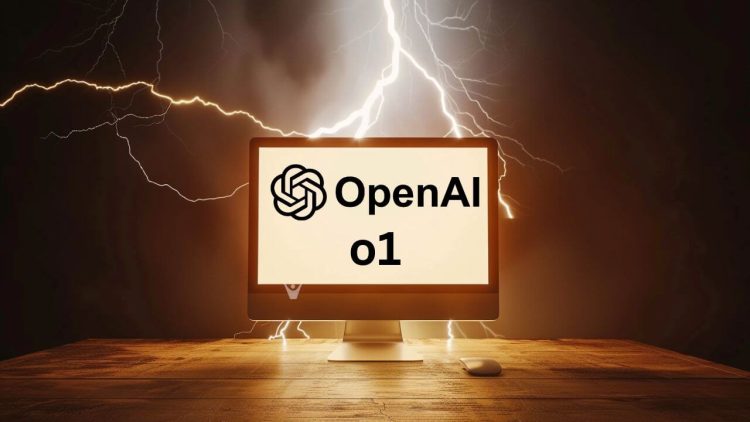OpenAI, the company behind ChatGPT, has unveiled its latest breakthrough: a new AI model called o1 (previously code-named “Strawberry“). This model represents a significant advancement in AI technology, particularly in its ability to reason and fact-check itself.
What’s New with o1?
- Two Versions: o1-preview (the main model) and o1-mini (a smaller, more efficient version for coding tasks).
- Improved Reasoning: o1 can “think” before responding, leading to more accurate and thoughtful answers.
- Self Fact-Checking: The model can verify its own responses, reducing errors.
- Better at Complex Tasks: Excels in areas like math, coding, and scientific problem-solving.
We're releasing a preview of OpenAI o1—a new series of AI models designed to spend more time thinking before they respond.
— OpenAI (@OpenAI) September 12, 2024
These models can reason through complex tasks and solve harder problems than previous models in science, coding, and math. https://t.co/peKzzKX1bu
How Does o1 Work?
o1 uses a new approach called “chain of reasoning.” Here’s how it’s different:
- Takes Time to Think: Unlike previous models that respond instantly, o1 spends time considering all aspects of a question.
- Plans Ahead: It can break down complex tasks into smaller steps and work through them systematically.
- Self-Improvement: o1 learns through rewards and penalties, similar to how humans learn from experience.
Noam Brown, a research scientist at OpenAI, explains:
o1 is trained with reinforcement learning. This teaches the system to ‘think’ before responding via a private chain of thought.
Impressive Performance
o1 shows remarkable improvements in various areas:
- Solved 83% of problems in an International Mathematics Olympiad qualifying exam (compared to GPT-4o’s 13%)
- Reached the 89th percentile in Codeforces programming competitions
- Better at multilingual tasks, especially in languages like Arabic and Korean
What Can o1 Do?
o1 is great at tasks that need step-by-step thinking. It can analyze long legal papers, come up with marketing plans, solve tough science problems, and write complex computer code. What makes o1 special is that it takes time to “think” before it answers. This means it can handle big, complicated tasks by breaking them down into smaller parts. It’s like having a smart assistant for lawyers, marketers, scientists, and programmers.
Current Limitations
While o1 is a significant step forward, it’s not perfect:
- Slower Response Times: Can take over 10 seconds for some queries
- Limited Availability: Currently only for ChatGPT Plus and Team users (Enterprise and educational users get access soon)
- High Cost: Much more expensive than previous models
- Potential for Errors: May sometimes “hallucinate” or make up information
- Limited Features: Can’t browse the web or analyze files yet
Conclusion
The true test for o1 will be its real-world performance and adoption. Its success will depend on OpenAI’s ability to address current limitations, expand accessibility, and demonstrate tangible benefits in practical applications. As with any new technology, the full impact of o1 will only become clear as it’s put to use in diverse scenarios and subjected to rigorous, independent testing.








